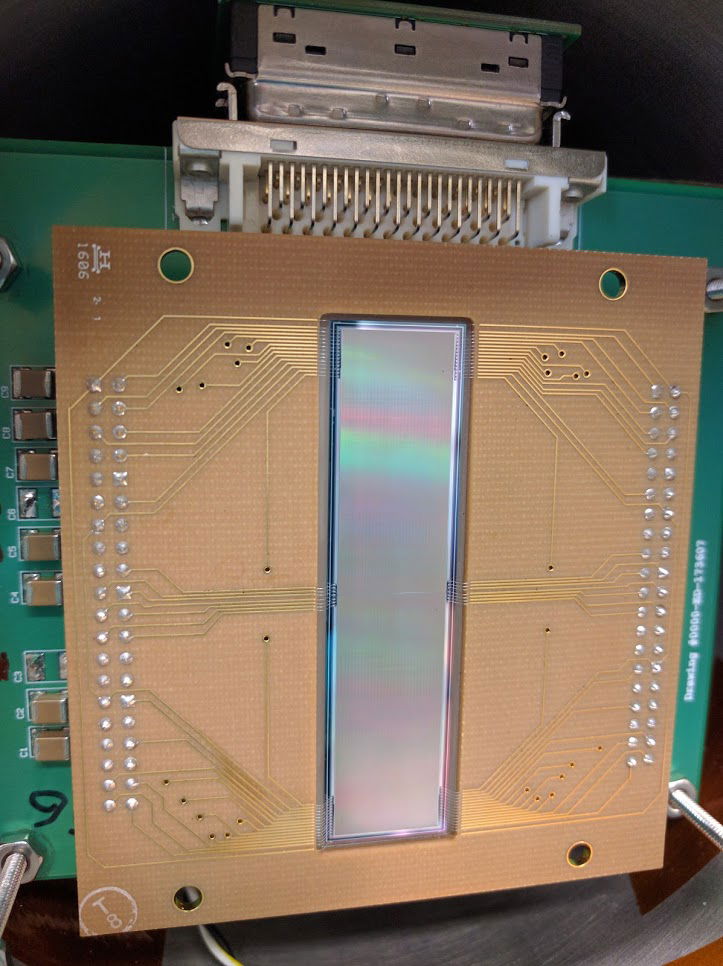Technical description

Skipper-CCDs are able to achieve a readout noise as low as fraction of electrons. These detectors are developed by the MicroSystem Labs of Lawrence Berkeley National Laboratory and operated at Fermilab. They open an unique opportunity to detect neutrino interactions, that transfer a very small quantity of energy to the Skipper-CCD silicon. A part of the transferred energy is converted in a very small amount of electron-holes pairs that can be easily counted with a Skipper-CCD.
Skipper-CCD is a p-channel CCD fabricated on high resistivity n-type silicon fully depleted at a substrate voltage of 40 V. The sensor is up to 675 micrometers thick and composed of 15 um x 15 um square pixels arranged. To reduce the number of electrons promoted to the silicon conduction band by thermal fluctuations (dark current), the sensor is operated at a low temperatures of 140 K.